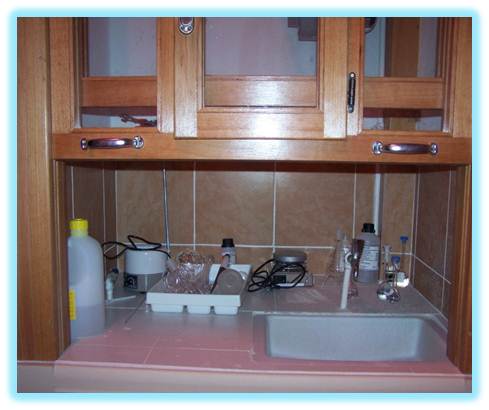Introduction
The laboratory has been actively involved in the development and application of luminescence dating.
Investigations on OSL (Optical Stimulated Luminescence) and TL (Thermoluminescence) properties of materials.
OSL and TL dating of terrestrial and marine applications (in the case of ceramics or burnt stone, in the case of sediments).
The Laboratory also provides education through research experiences for graduate students, post-doctoral scholars and visitors.
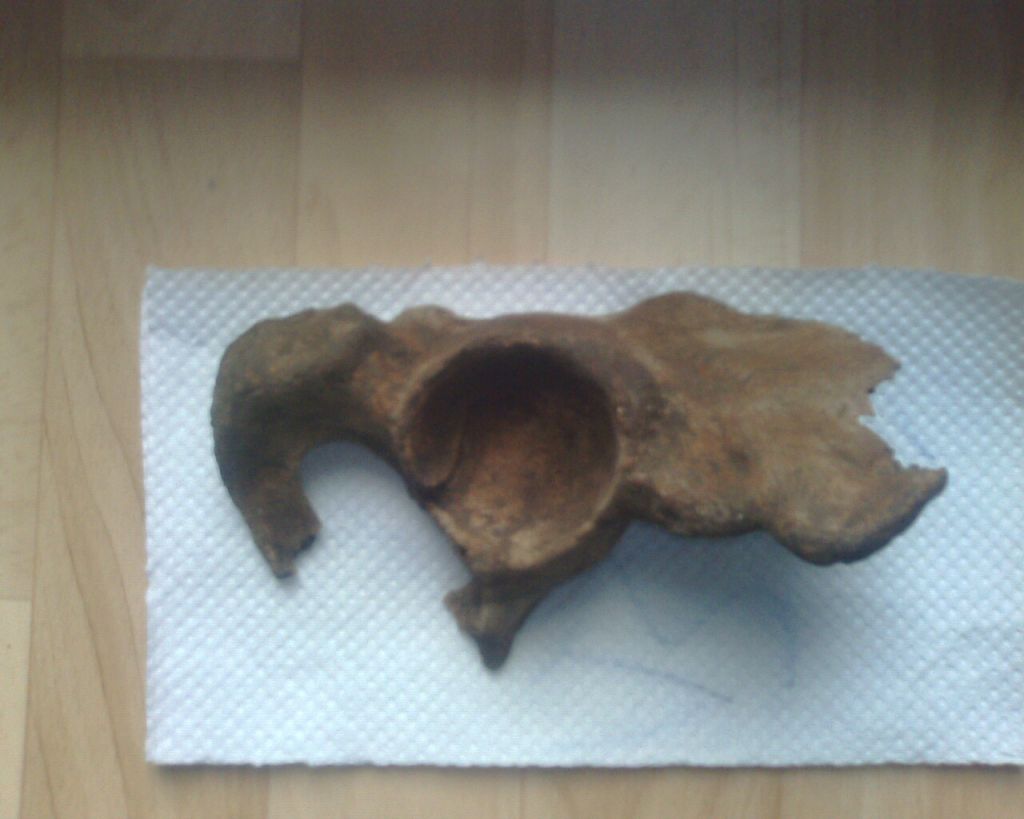
Laboratory Systems
The Risø TL/OSL Reader
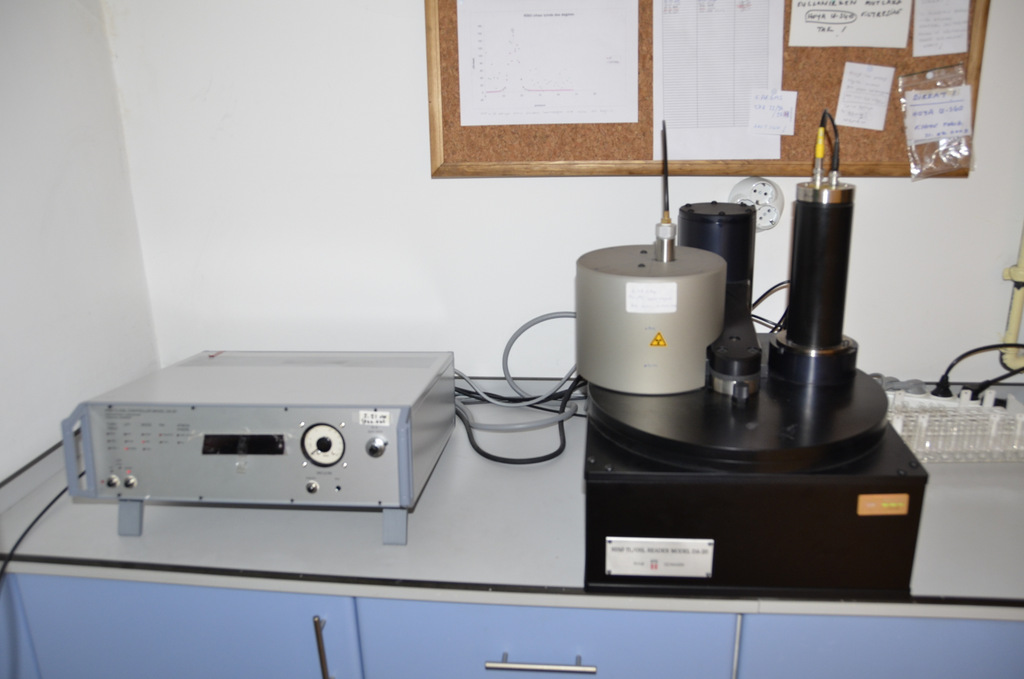
ELSEC 9010 Optical Dating System
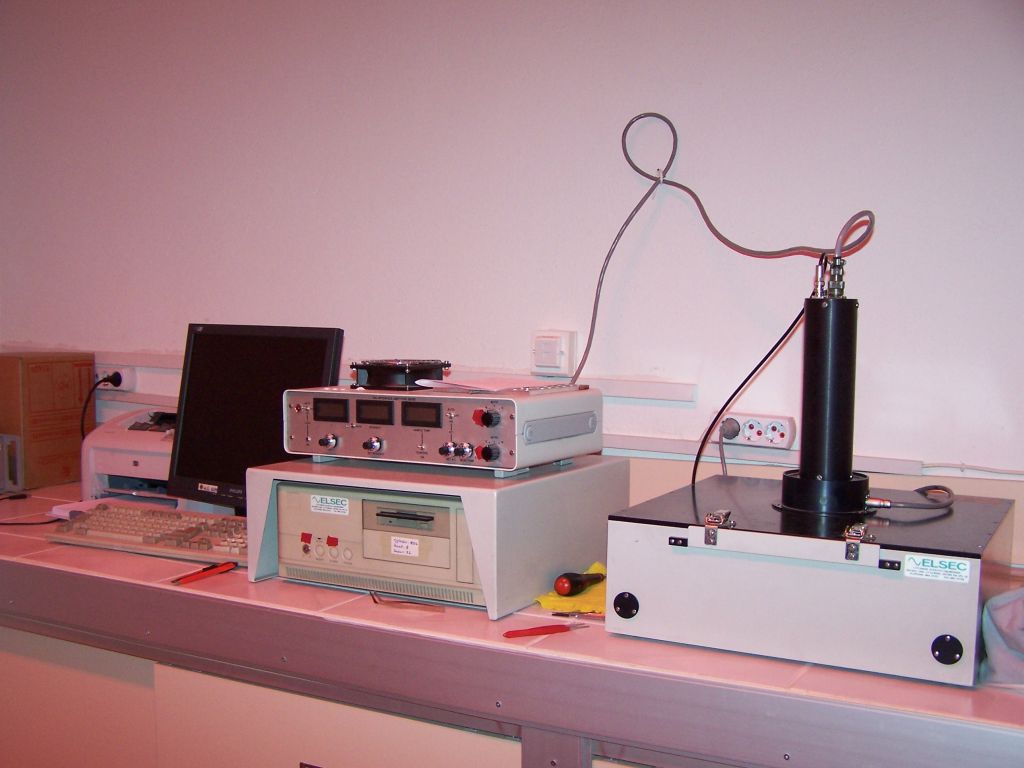
Harshaw 3500 TL Reader
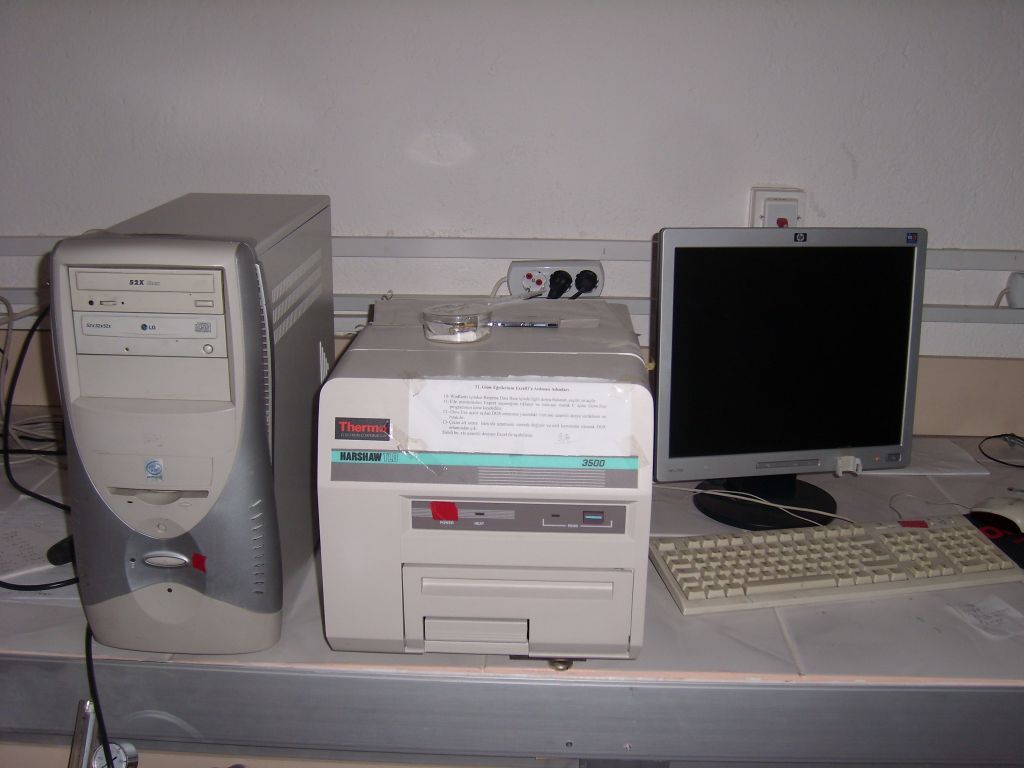
Precision scales, HandECount alpha/beta counter, Low level alpha counting System
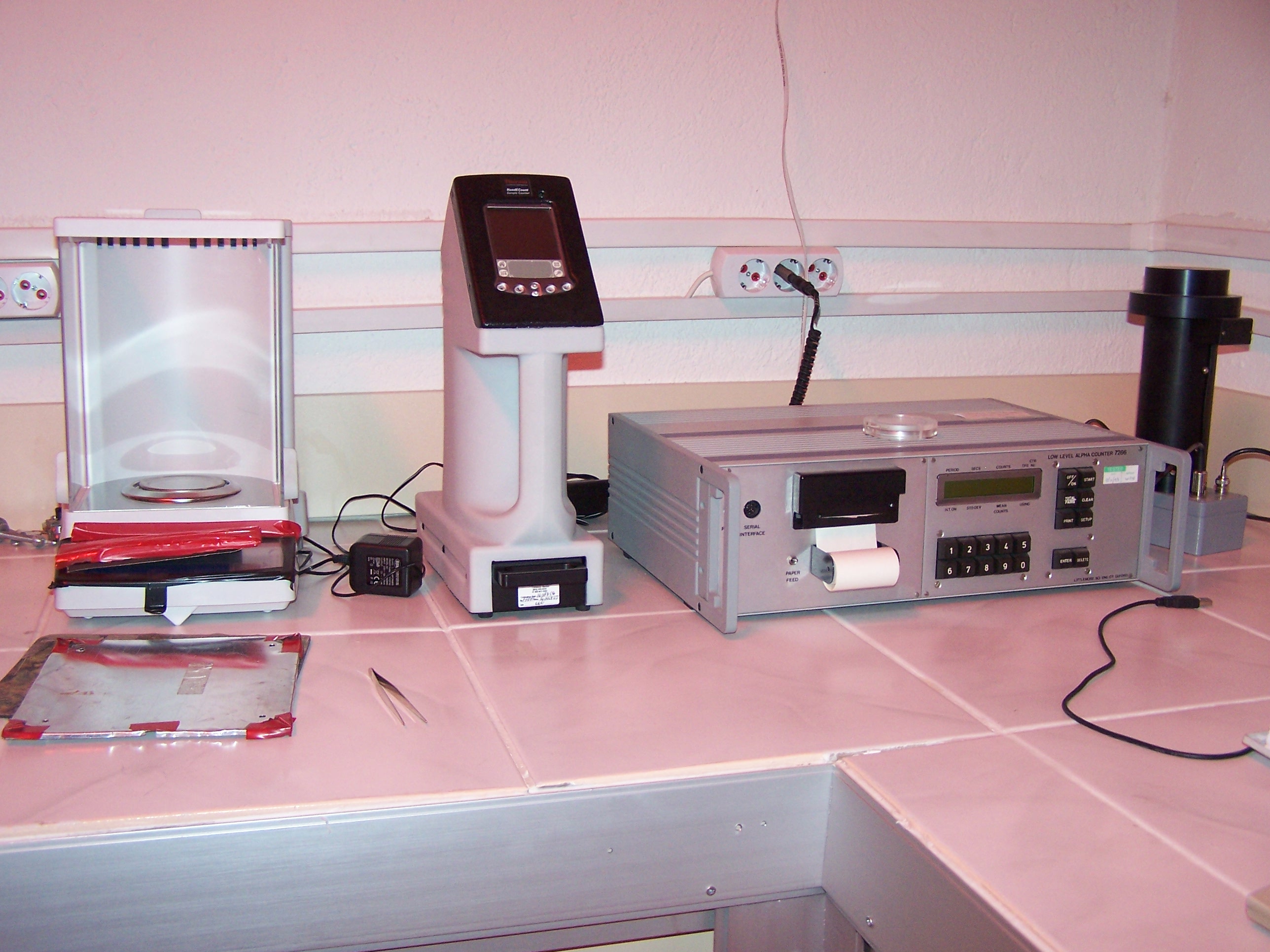
Moisture Analyzer
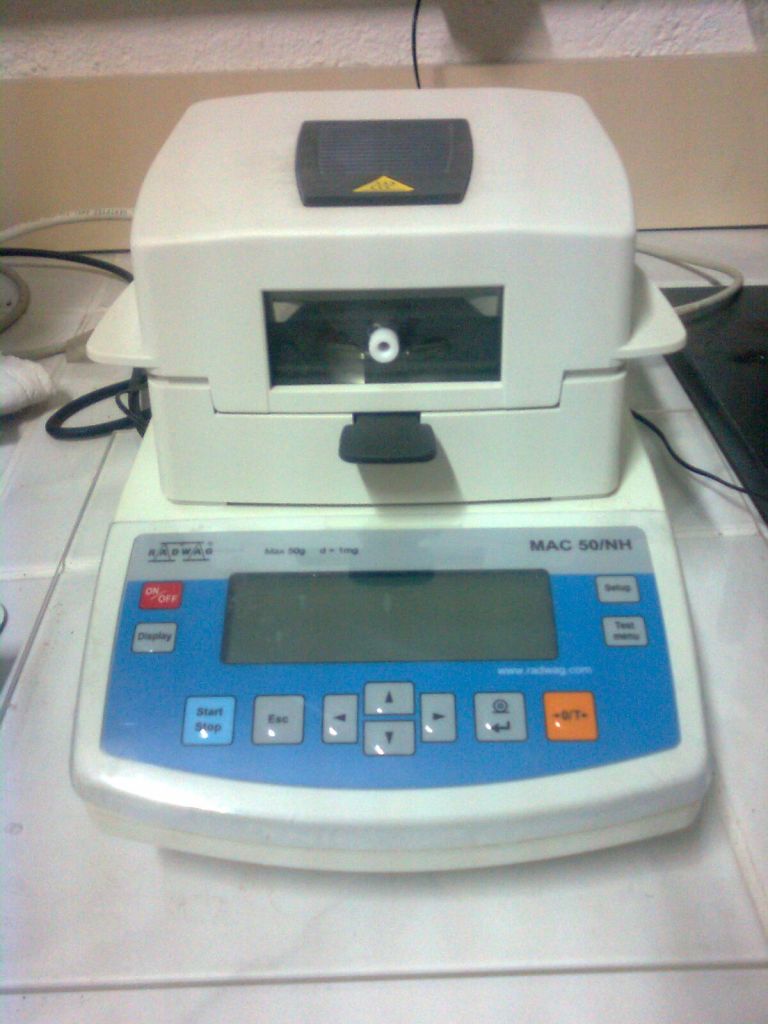
HPGe Detector
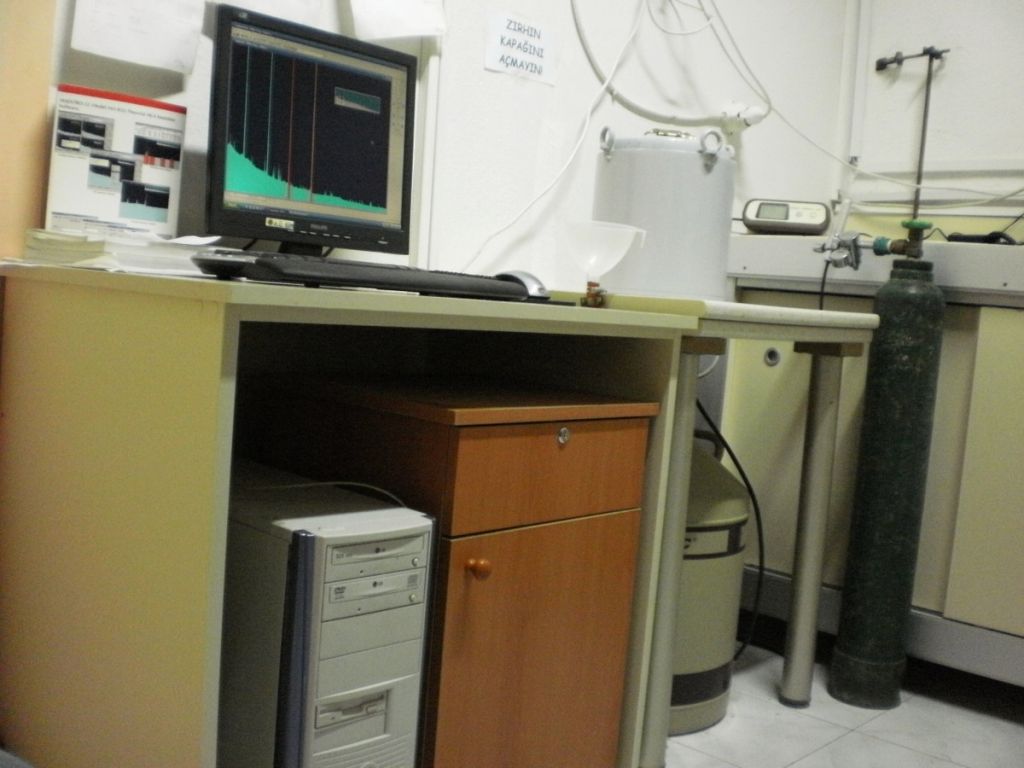
Oven, Incubator, Agate mortar, Sieving system
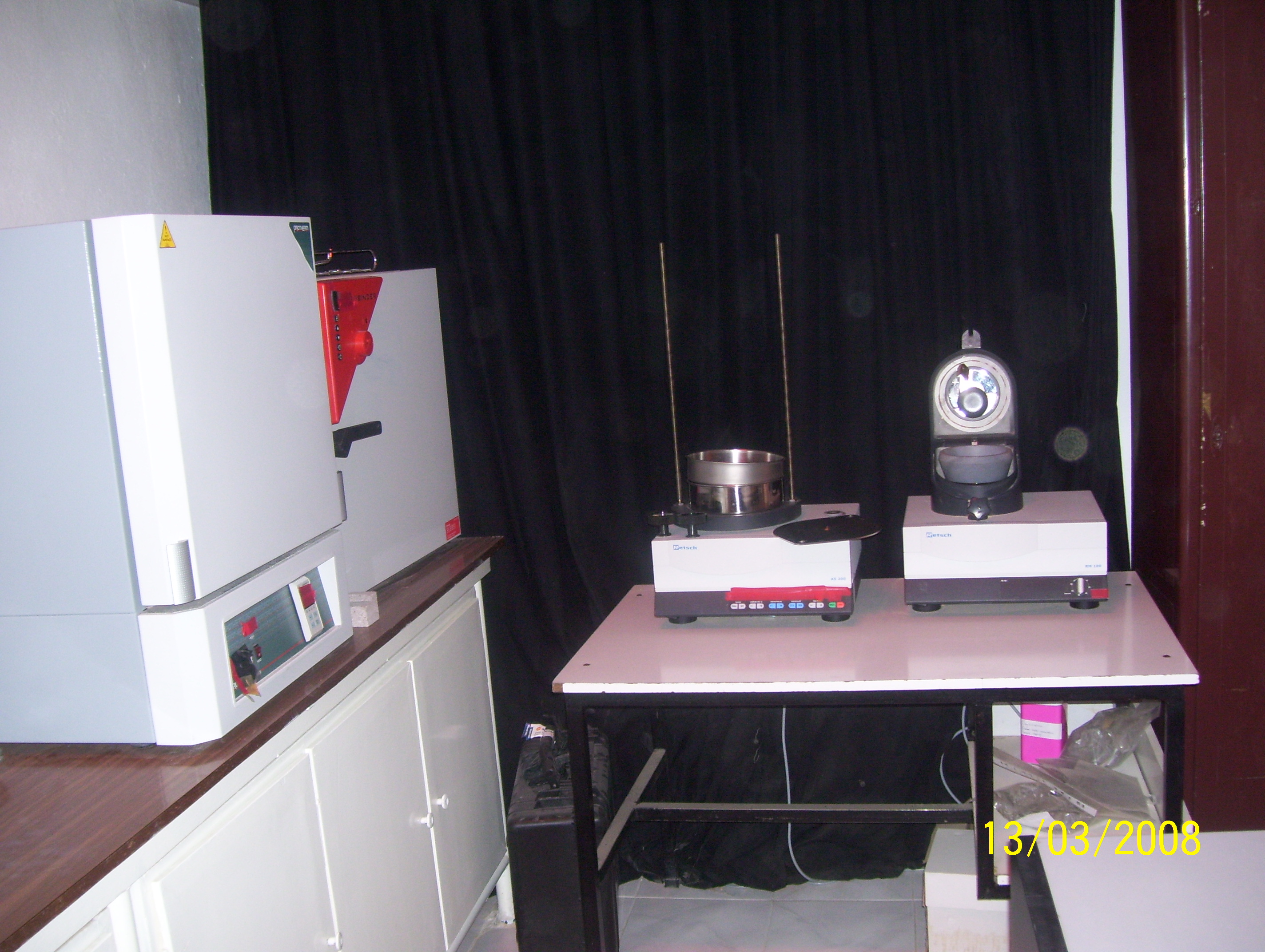
Fume hood
What is luminescence dating?
Luminescence dating is an absolute dating method that measures the energy of photons being released. In natural settings, ionizing radiation (U, Th, Rb, & K ) is absorbed and stored by sediments in the crystal lattice. This stored radiation dose can be evicted with stimulation and released as luminescence. The calculated age is the time since the last exposure to sunlight or intense heat.

Image used from Dr. K. Lepper, North Dakota State University
The age equation is expressed as a simple ratio:
Age (ka) = De (Gy) / DR (Gy/ka)
where De is the equivalent dose in grays (unit of absorbed dose), and DR is the average dose rate over time. Equivalent dose is the amount of radiation dose that is necessary to account for the measured luminescence signal, in other words, how much radiation is needed to get from zero luminescence to the current, natural luminescence. Dividing by the dose rate gives the age.
Luminescence dating has been applied (depending on conditions) from sediments ranging from 10 – 106, although more commonly the upper limit is 100-400ka. It has been applied to aeolian, fluvial, lacustrine, glaciogenic, coastal and marine applications, in addition to a wide range of research in archaeology and art antiquity.
For further information contact:
Prof. Dr. Niyazi Meriç
Email: meric@ankara.edu.tr
Dr. Eren Şahiner
Email: erenshnr@gmail.com


